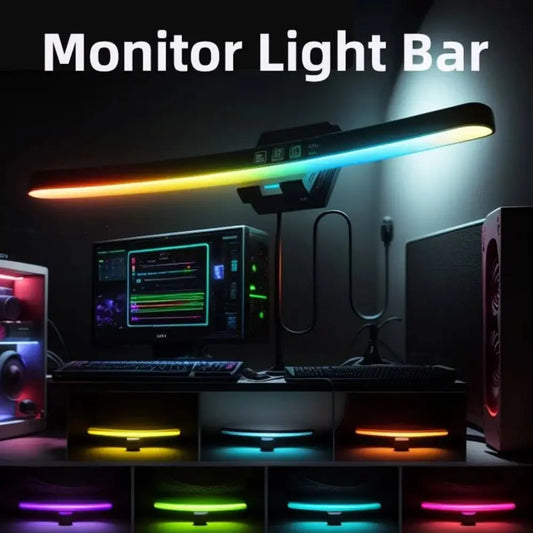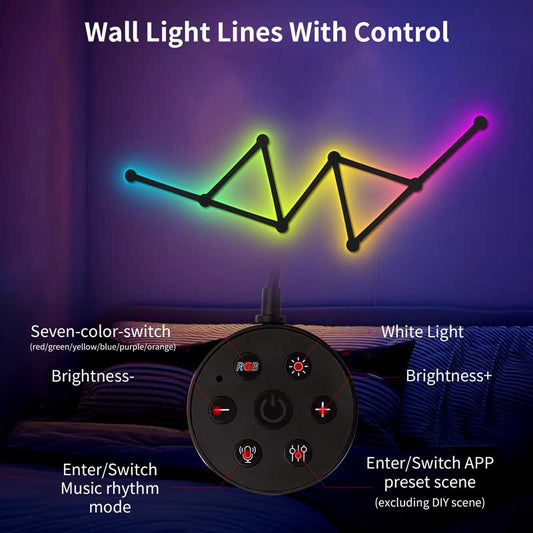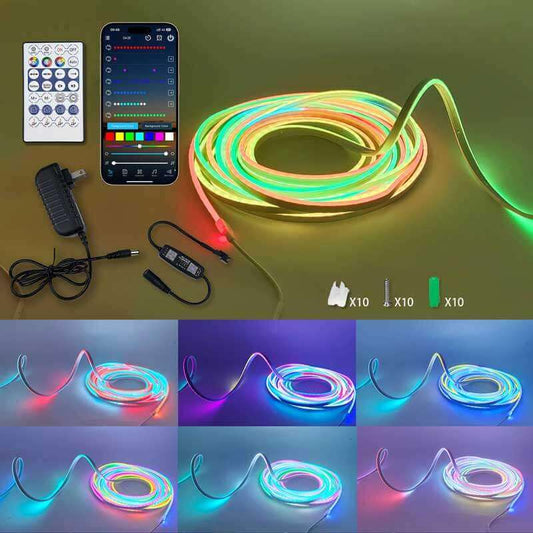What is the problem with motion sensor lights?
Share
While motion sensor lights can be incredibly convenient and energy-efficient, they aren't without their drawbacks. Understanding the potential problems can help you make an informed decision when considering motion sensor lights for your home or business. Here are some of the common issues with motion sensor lights:
1. False Triggers
Problem: Motion sensor lights can sometimes turn on when there is no actual movement in the area. False triggers can be caused by a variety of factors, including:
- Pets: Small animals like cats and dogs can trigger PIR (Passive Infrared) sensors, leading to unnecessary lighting or alarms.
- Wind: Air currents moving objects like curtains, leaves, or hanging decorations can trigger the sensors.
- Passing Cars: For outdoor lights, passing cars or moving shadows can sometimes activate the sensor.
- Heat Sources: Changes in temperature, such as the sudden heat from a nearby heater or the warmth from the sun, can confuse the sensor, causing it to activate.
Solution: Choosing a sensor designed to ignore smaller movements (e.g., pet-immune PIR sensors), or adjusting the sensitivity can reduce false triggers.
2. Limited Detection Range
Problem: Many motion sensors have a limited detection range. They may not detect movement across larger areas or in specific spots, leaving some parts of your home or yard unmonitored.
- Narrow range: If you want to cover a wide space, a basic motion sensor might not suffice, and the area you're monitoring might end up being under-protected.
Solution: Make sure to select a sensor with the right detection range for your space. Some sensors offer adjustable range settings, or you might need to use multiple sensors for larger areas.
3. Sensitivity Issues
Problem: The sensitivity of motion sensors can sometimes be too high or too low, causing the lights to either turn on too easily or not turn on when needed.
- Too sensitive: The sensor may trigger from small movements or environmental factors, like falling leaves or the sound of wind.
- Too insensitive: The sensor might fail to detect larger movements, such as people walking by, especially if there's any interference (e.g., large furniture or obstacles blocking the sensor).
Solution: Many motion sensors allow you to adjust sensitivity settings, which can help fine-tune performance.
4. Overactive Lighting
Problem: In high-traffic areas, motion sensors might turn lights on too frequently, leading to unnecessary lighting during the day or at night when there’s little activity. This can be particularly annoying in areas like hallways or bathrooms where people are constantly walking by.
Solution: Some sensors have a "daylight sensing" feature, which prevents the lights from turning on during the day when there is sufficient natural light. Additionally, you can use motion sensors with adjustable time delays to ensure that lights stay on only for as long as needed.
5. Battery Life (For Battery-Powered Motion Sensors)
Problem: If you use battery-powered motion sensor lights (especially for outdoor use), you may run into the problem of frequent battery changes or recharging. This can be an inconvenience, especially if the sensor is hard to access or the batteries drain quickly due to frequent activation.
Solution: Opt for solar-powered motion sensor lights or lights with longer battery life, and ensure that the batteries are rechargeable to reduce costs and environmental impact. Some models offer longer standby times or more energy-efficient designs.
6. Vulnerability to Environmental Factors
Problem: Certain environmental factors can interfere with how well a motion sensor works. These can include:
- Heavy Rain or Snow: For outdoor motion sensors, extreme weather conditions like heavy rain or snow can cause sensors to malfunction or be triggered by environmental factors such as wet leaves blowing in the wind.
- Temperature Fluctuations: Sudden temperature changes (e.g., during the change of seasons or from running an air conditioner) can affect the sensor's ability to detect motion correctly.
Solution: For outdoor environments, choose sensors designed to withstand the elements (look for IP-rated sensors) and make sure they are installed in areas protected from the worst of the weather (e.g., under eaves or in sheltered locations).
7. Installation Challenges
Problem: Installing motion sensor lights can sometimes be tricky, particularly if you're dealing with complex wiring or large areas to cover. The sensor needs to be positioned in such a way that it has an unobstructed line of sight and a suitable field of view, which can be tricky in certain rooms or outdoor settings.
Solution: For easier installation, consider wireless or battery-powered motion sensor lights, which are simpler to install than wired models. Additionally, many modern sensors come with adjustable mounts, making placement more flexible.
8. Short Battery Life (For Solar-Powered Motion Sensors)
Problem: Solar-powered motion sensor lights are often marketed as maintenance-free, but their battery life can be a concern, especially in areas that don’t get enough sunlight. If the solar panel isn’t charging the battery properly, the light might not function as intended, or it might only work during certain times of the day.
Solution: Ensure the solar panel is installed in a location that gets sufficient sunlight. Some solar lights also come with backup batteries or feature higher-quality panels for better charging efficiency.
9. Limited Control Over Light Timing
Problem: Many motion sensor lights are set to automatically turn off after a certain period, which might not always align with your needs. If you're in a room and the sensor turns off too quickly, you may have to wave your hand or walk around to reactivate the light.
Solution: Look for sensors that allow you to adjust the timer setting, so the light stays on for a longer duration or for as long as you need.
10. Compatibility with Other Smart Devices
Problem: If you have a smart home system (e.g., Alexa, Google Assistant), some motion sensor lights may not be fully compatible with your setup, limiting their integration with other devices. This could mean you can’t control the lights remotely or set custom routines.
Solution: Choose smart motion sensors that are compatible with your home automation system, such as those that work with Alexa, Google Home, or other smart platforms.
ALL IN ALL
While motion sensor lights can be a great energy-saving and security-enhancing feature, they do come with some potential drawbacks. False triggers, limited detection range, sensitivity issues, and vulnerability to environmental factors can all impact their performance. However, with careful installation, choosing the right type of sensor for your needs, and making adjustments to settings, many of these issues can be minimized. It's important to consider your specific requirements and the environment in which the sensors will be used to ensure they provide the benefits you’re looking for.
buy it if you need: motion sersor light of youwei trade




